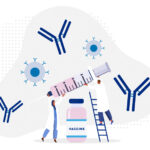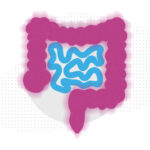If someone in your house has COVID-19
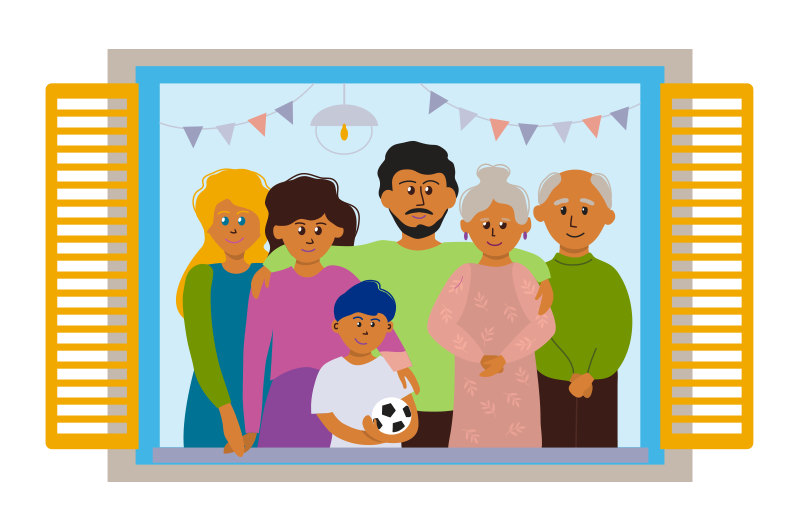
If you or someone in your house has COVID-19, how can you protect other family members from infection when everyone is living in close quarters?
Some of the recommendations below may be difficult, especially if you live in a small space with several people. Do your best, and remember the two most important things everyone in the house can do:
- Wash your hands for 20 seconds or more, especially after you cough, sneeze, or use the bathroom, and before eating or preparing food.
- Don’t touch your eyes, nose, or mouth unless you have just washed your hands.
Stay inside and separate
Ideally, the person with COVID-19 should stay in a separate room, a “sick room,” until the risk of infection has passed.
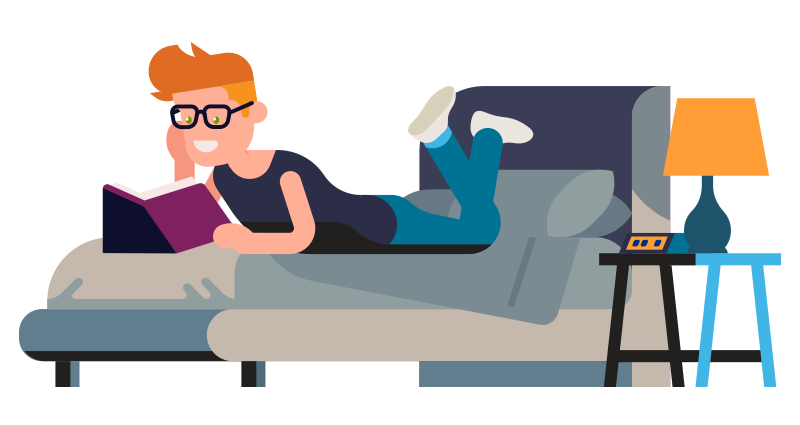
If more than one person is sick, each person should stay in their own room. If that’s not possible, sick family members can share a room while the rest of the family stays in a different part of the house.
If you don’t have a room you can use as a sick room, the infected person or people should wear a mask and stay at least six feet apart from everyone else in the house.
Caring for a child with COVID-19
If your child has COVID-19, only one adult should care for them while another adult takes care of any other kids. Be sure to wear a mask and gloves any time you have contact with your infected child’s diapers, saliva, or vomit. Throw the gloves out as soon as you are done using them, be extra careful not to touch your face, and wash your hands right away.
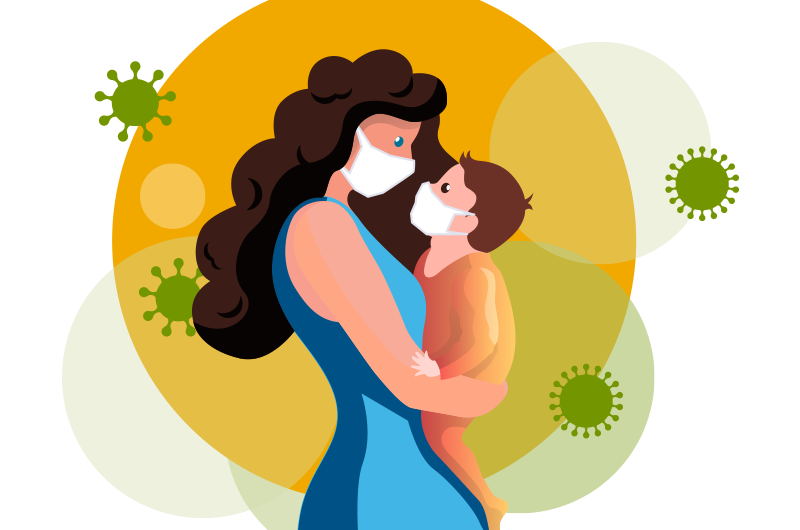
If they’re old enough, your child with COVID-19 should wear a face mask or cloth face covering whenever you’re in the room with them. Children age 2 or younger and anyone who has trouble breathing on their own should not wear a face mask. Older kids and adults don’t have to wear a mask when they’re in a closed room by themselves.
Germ control when someone in your house has COVID-19
Clean and disinfect the surfaces many people touch with soap and water and a household disinfectant every day. Follow the CDC guidelines for cleaning and disinfecting your home.
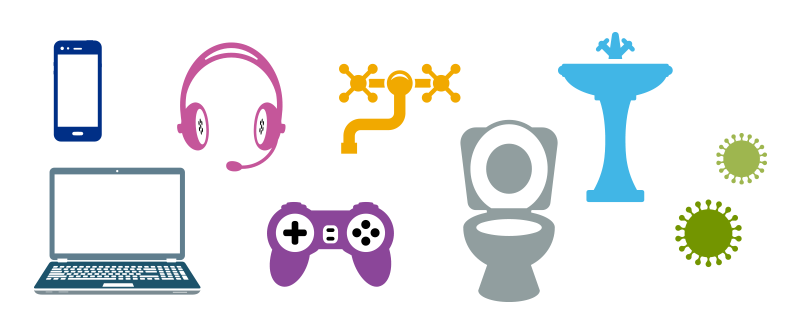
High-touch surfaces include:
- entrances and exits: doorknobs, light switches
- electronics: remote controls, keyboards, touch screens
- kitchen: counters, drawer pulls, and cabinet handles
- furniture: tables, desks, and hard-backed chairs
- bathroom: faucet, sink, toilet
Bathroom germ control
If possible, anyone with COVID-19 should use a separate bathroom. If this is not possible, the sick person should clean the bathroom after each use. If this is not possible, a healthy adult should clean the bathroom before the next person uses it. They should wear a facemask and gloves that they disinfect or throw out after each use.
Make sure everyone in the house closes the toilet seat before flushing. This prevents particles in the toilet from floating around in the air and landing on other surfaces. In fact, it’s a good idea to close the toilet seat anytime you flush, not just when someone in the house is sick.
Don’t share germs
Anyone with confirmed or suspected COVID-19 should have their own tube of toothpaste and bar of soap. They should not share forks, knives, spoons, plates, sheets, or towels with other people in the house. Clean these items thoroughly in soap and water before anyone else uses them.
Let fresh air in
On warm days, open the windows to let fresh air into the house.
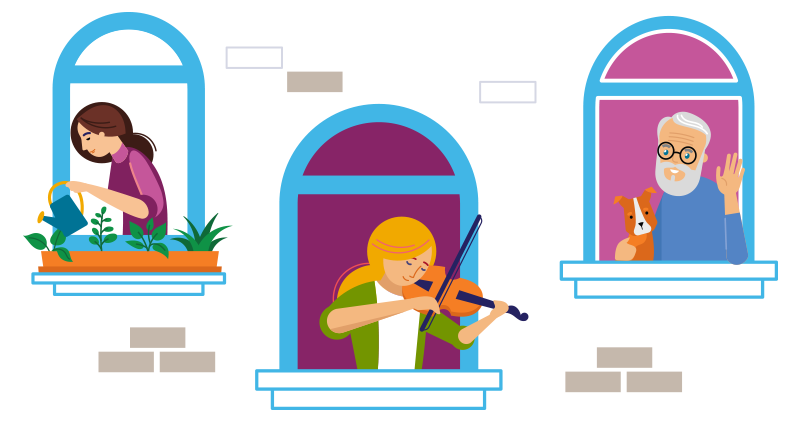
Self-isolating when someone in your house has COVID-19
Whether or not they have symptoms, everyone in your home should avoid contact with the outside world until the risk of infection has passed. This means no visitors and no trips outside of the house.
If someone in your home relies on a visiting nurse or other caregiver for essential care, tell that caregiver in advance that someone in your house has COVID-19. They should wear gloves, eye protection, and a face mask the entire time they are inside.
Have groceries delivered
Use a delivery service or ask a friend or family member to pick up food and other essentials for you. Make sure they leave the groceries outside your door to avoid direct contact.
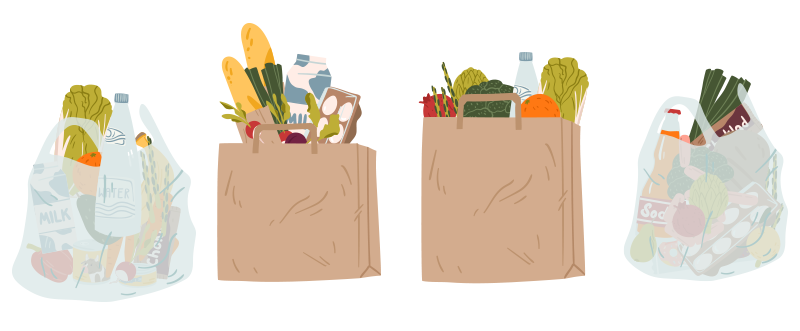
How long do we have to follow these extra precautions?
In general, a person with COVID-19 is considered non-contagious when they meet all three of these criteria:
- They have not had a fever for at least three full days (72 hours), during which time they have not been taking any fever-reducing medicine.
- Their cough, shortness of breath, and other symptoms have improved.
- At least seven days have passed since the first symptoms appeared.
Be sure to monitor your family’s symptoms and stay in touch with your health care provider throughout your family’s isolation. Your doctor or pediatrician can confirm when it’s safe for you and your family to let down your guard. Keep in mind, you will still need to follow your state or county’s guidelines for as long as the outbreak continues.
Be honest with your child, then let them talk
All of these measures are bound to be stressful. Be honest with your child about what’s going on. Keep in mind how your child may react to your tone of voice, choice of words, and behavior. Let them know that the situation is temporary and give them time to talk about their feelings. Also remind them that all the measures you have taken will help restore your family’s health.
Related
It’s okay to be scared: Talking about COVID-19 with your kids
Teens, social distancing, and anxiety in the time of COVID-19
Get more answers about Boston Children’s response to COVID-19 and get the latest advice on masks.
Related Posts :
-

Building better antibodies, curbing autoimmunity: New insights on B cells
When we’re vaccinated or exposed to an infection, our B cells spring into action, churning out antibodies that are ...
-

Could SIDS be caused by unrecognized brain infections?
Some infants who pass away from sudden infant death syndrome (SIDS) are known to have had acute minor infections. Could ...
-

Could a GI bug’s toxin curb hard-to-treat breast cancer?
Clostridium difficile can cause devastating inflammatory gastrointestinal infections, with much of the damage inflicted by a toxin the bug produces. ...
-

A new approach to C. diff? Targeting the inflammation, not the bacteria
Clostridium difficile (C. diff) intestinal infections can cause severe, debilitating diarrhea in patients who are hospitalized or on immunosuppressive therapies. ...


